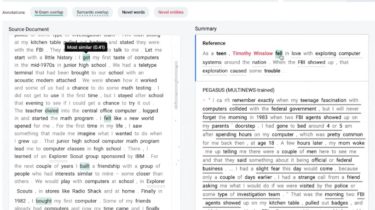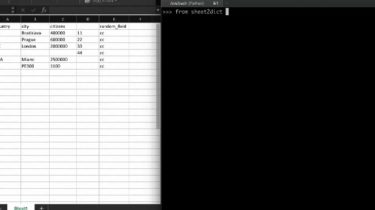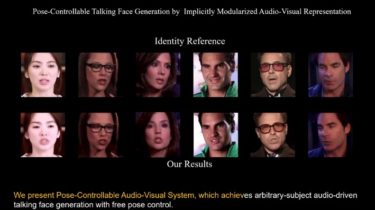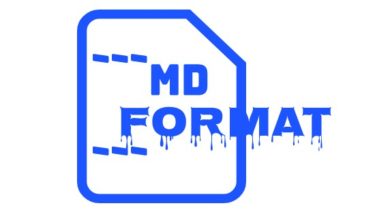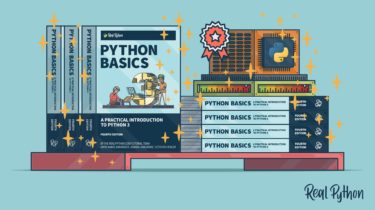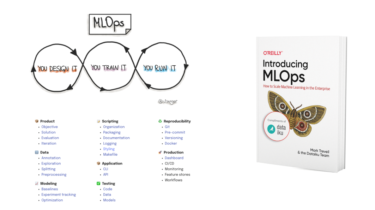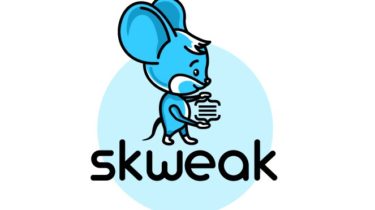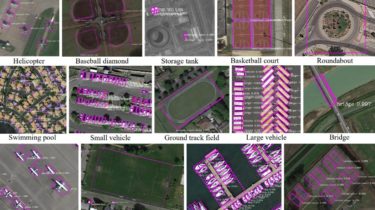A python interactive visualization tool for text summarization
SummVis Interactive Visual Analysis of Models, Data, and Evaluation for Text Summarization SummVis is an open-source visualization tool that supports fine-grained analysis of summarization models, data, and evaluation metrics. Through its lexical and semantic visualizations, SummVis enables in-depth exploration across important dimensions such as factual consistency and abstractiveness. Authors: Jesse Vig, Wojciech Kryściński, Karan Goel, Nazneen Fatema RajaniSalesforce Research Stanford Hazy Research User guide Overview SummVis is a tool for analyzing abstractive summarization systems. It provides fine-grained insights on summarizationmodels, […]
Read more